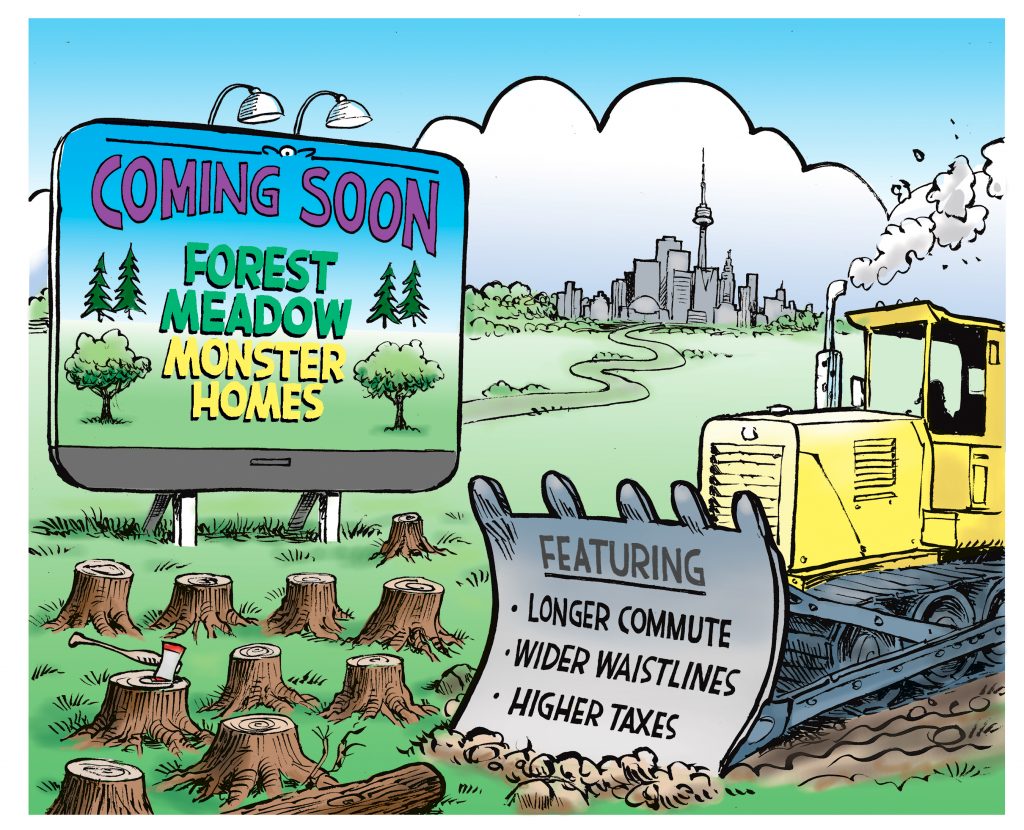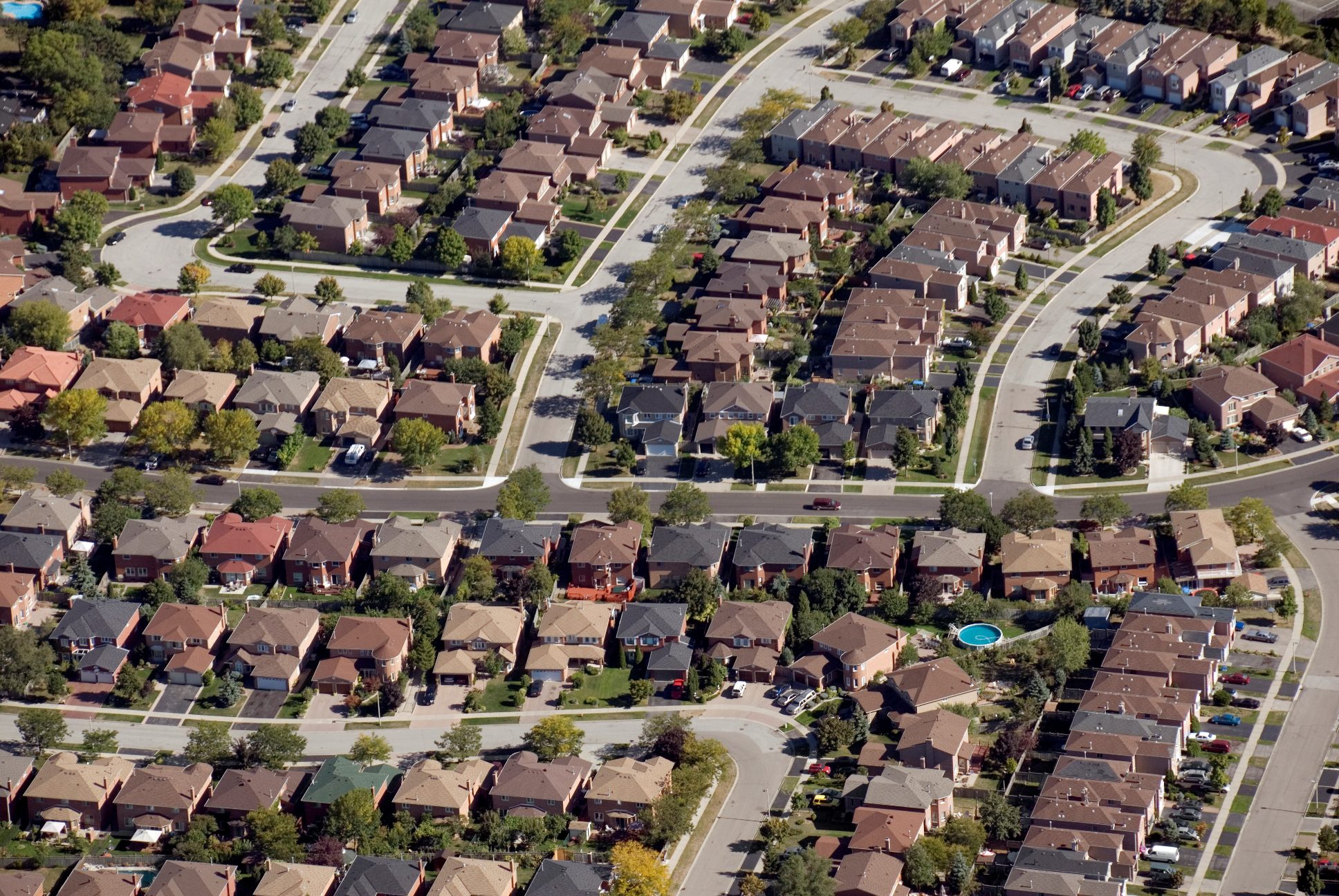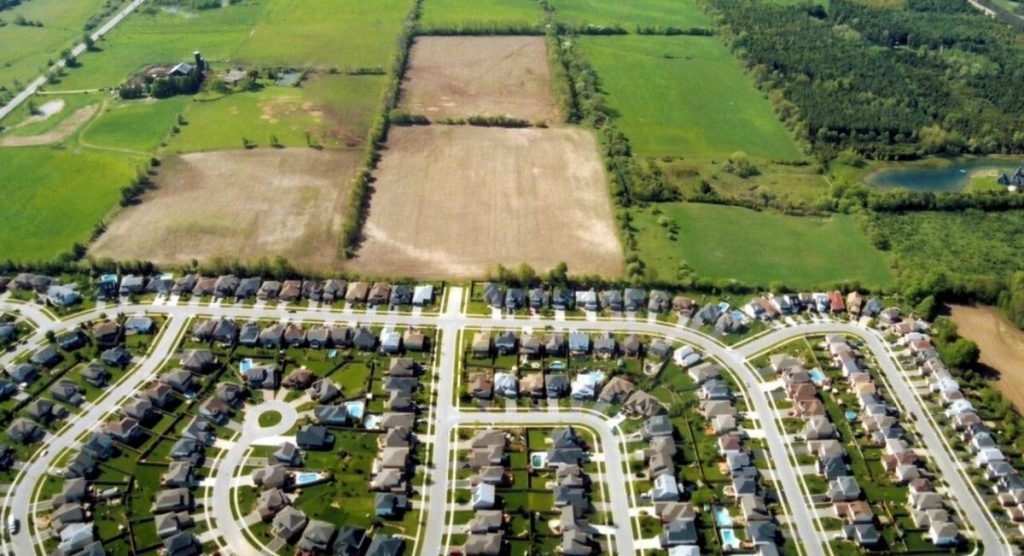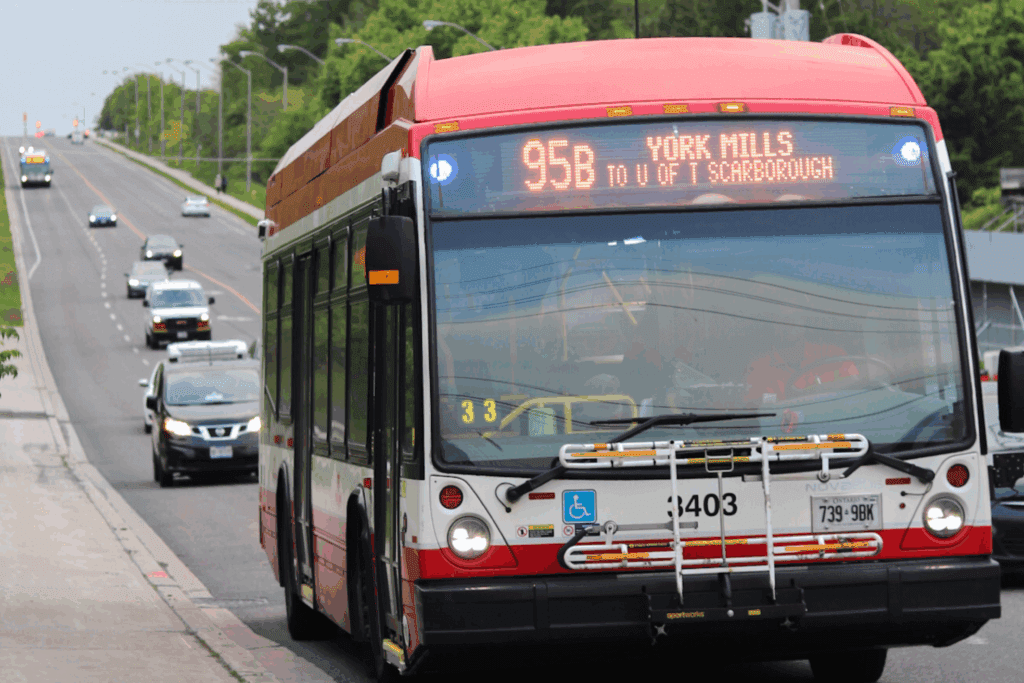Ontario’s Auditor General Bonnie Lysyk has released a series of blistering reports on topics like hazardous spills, endangered species and climate change about the current government’s environmental performance in recent weeks. The Land-Use Planning audit is no different.
While the official provincial policy is designed to rein in sprawl, the Ontario government’s actions show that in practice, it is doing exactly the opposite.
The audit confirms that this government has abandoned the goal of curbing suburban sprawl in southern Ontario. Despite being warned that its plans would undermine the long-term vision of the Growth Plan, lead to widespread loss of farmland and natural areas, put stress on water resources AND put our climate goals further out of reach, the current government plowed ahead with inflated suburban growth targets and dozens of sprawl Minister’s Zoning Orders (MZOs).

Here’s a quick look at what Auditor General Bonnie Lysyk found for a few key areas of concern.
MZOs
The excessive use of MZOs is pushing sprawl development outside settlement area boundaries. This undermines existing planning and is likely to cost taxpayers money, because greenfield sprawl development requires new infrastructure, like sewers and roads, and provides less tax income than building in existing neighbourhoods. While the government likes to say that these MZOs are being requested by local governments, they often go straight from a town or city council to the province and are rarely approved by the regional councils that are actually in charge of land-use planning.
More on MZO’s from the Auditor General’s report:
- 68 per cent of MZOs skip the regional government completely.
- Almost 40 percent of the 44 MZOs in the past year went to the SAME SEVEN DEVELOPERS!
- “Enhancements” to the MZO power allowed developers to ignore even more regulations than before, including the Provincial Policy Statement (which helps protect the environment), site plan control and Conservation Authority permits.
WARNINGS IGNORED
Major changes were made to the Growth Plan and other Greater Golden Horseshoe planning documents in 2020 despite warnings about their impact on the loss of agricultural land, and on natural heritage, and clean water.
The Auditor General found that the Ministry of Natural Resources and Forestry, the Ministry of Environment Conservation and Parks, and the Ministry of Agriculture all issued warnings about the new growth policies. All of their warnings were ignored.
HIGHWAY 413
The Auditor General specifically cites Highway 413 as an example of an infrastructure project that ignores the province’s own growth plans. The environmentally destructive highway simply won’t be needed if the province follows its own growth plans.
FAULTY GROWTH FORECASTS
The province’s Growth Plan is likely overestimating how many people will be living in outer Greater Golden Horseshoe suburbs by 2050. The Auditor General found that this bad forecasting will have practical and financial consequences for those municipalities – but the provincial government refuses to investigate why actual growth in these areas isn’t meeting previous forecasting. But if the outer suburbs build and budget for future residents who don’t exist – who is left with the bill?
INADEQUATE PROCESSES
While Ontario municipalities were in the middle of a five-year process to issue new official plans which began in 2017, the current government completely revised the Growth Plan and Land Needs Assessment Methodology, but refused to extend the timeline for issuing new official plans. The end result of this last-minute switcheroo will be rushed planning and inadequate public consultation.
Six years ago, The Ministry of Municipal Affairs was warned that it wasn’t measuring its progress towards certain goals. What isn’t getting measured? Whether the province is succeeding at creating more density in existing neighborhoods, ensuring new development has enough density to support public transit, and diverting growth inside urban boundaries. Despite having six years to begin the measurements, the Ministry of Municipal Affairs insists it is still working on the indicators it will use to assess progress.
CONSERVATION AUTHORITIES
The Auditor General also pointed out that changes to the Planning Act and the Conservation Authorities Act prevent Conservation Authorities from providing the planning oversight they once did. Considering that Conservation Authorities primarily exist to protect our water quality and prevent flooding, this is a huge problem if you like clean water and dry basements.
THE TWO-SECOND SUMMARY
The Auditor General’s Land-use Planning Audit is a huge red flag. A handful of big developers are being allowed to build low-density sprawl developments willy-nilly across Southern Ontario for hundreds of thousands of people who may or may not ever move to the outer suburbs of the GTHA. And thanks to this government, they’re doing it all in a rush, with no monitoring or measurement in a way that risks flooding and pollution in our lakes and rivers.










